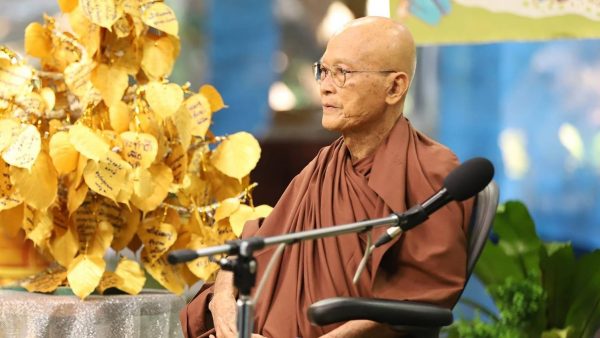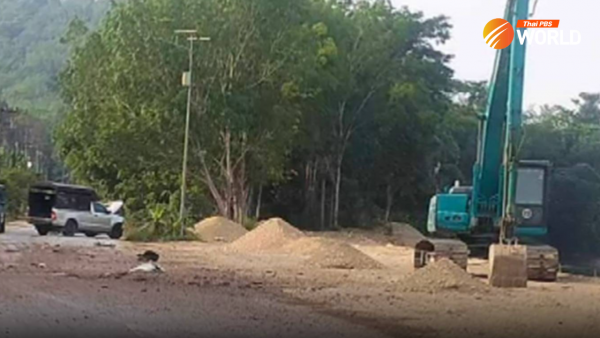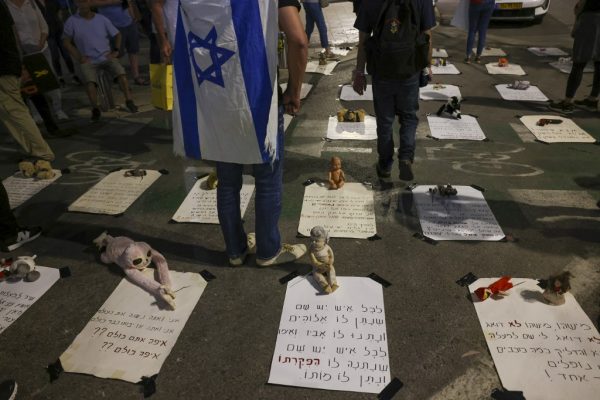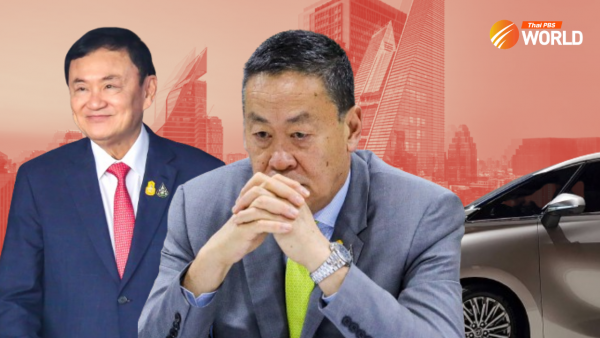Can Thailand’s protest movement heal its ideological split?

The anti-establishment movement appears to have reached a crossroads after a clash over “democracy” versus “communism” erupted between its core groups.
While the ideological clash may weaken their battle against the powers-that-be, analysts point out that disputes within a “leaderless” protest movement are natural given it is made up of various allies with different standpoints. But as long as their ultimate goal remains the same, the movement should be able to continue, they said.
The youth-led movement began rallying in July and developed three core demands: resignation of Prime Minister Prayut Chan-o-cha, a new, democratic constitution and reform of the monarchy.
The movement has been successful to some extent, but has yet to emerge victorious.
Apart from making both domestic and international headlines, the movement has helped unlock the military-sponsored charter for amendment and also sparked open conversation about the monarchy. The idea of reforming the monarchy had been taboo, guarded by a law against royal insults that carries a penalty of up to 15 years in jail.
However, the movement suffered a glitch recently when one of its core groups – Free Youth – launched a campaign that baffled even its staunchest supporters.
Early this month, Free Youth broached the idea of a “republic” on Facebook. It then launched Restart Thailand, a campaign whose “RT” logo was styled to resemble the communist hammer-and-sickle symbol of worker unity.
A week later, the group endorsed communism as a ruling system, saying it was better than dictatorship but had not been given enough time to prove its worth.
Free Youth’s campaign confused its allies as it seemed to run counter to the fight for democracy launched by the anti-establishment umbrella movement, Ratsadon.
Protest leaders Parit “Penguin” Chiwarak, Panussaya “Rung” Sitthijirawattanakul and human rights lawyer Arnon Nampa distanced themselves from Free Youth, saying the group’s push for republicanism and communism did not reflect the ideology of Ratsadon (the People’s Movement).
Parit and Panussaya are key leaders of the United Front for Thammasat and Demonstration, another core group of the movement.
Parit insisted that Ratsadon and the United Front for Thammasat and Demonstration would continue fighting dictatorship and feudalism in order to achieve a democratic system of equal rights and liberties for all.
Arnon, however, denied there was a clash of ideologies within the movement, saying it was good to see free debate about ruling systems. Although, he added, the ruling system used would depend on the opinion of each member of society. For instance, Thailand is now under a constitutional monarchy, but it can be put up for debate if people want to change it, he said.
“This [youth-led protest] is a huge movement, so it is bound to encourage different opinions. But we have a common goal covering three demands that are agreed upon by all our supporters,” the activist-lawyer said.
Free Youth co-founder Tattep “Ford” Ruangprapaikitseree, a political science graduate from Chulalongkorn University, has so far remained silent on the subject. But co-leader Jutatip “Ua” Sirikan said they launched the campaign to start a conversation about what different people believe in.
No laying of arms
Critics say the ideological differences among protest leaders will not affect their push for change to the status quo, provided they strictly stick to their common goals.
Stithorn Thananithichot, a political scientist from King Prajadhipok’s Institute, said both Free Youth and United Front for Thammasat and Demonstration have the same root – student activists who want reform and have joined forces to oppose the establishment. However, he said, these groups are also very independent-minded.
The analyst added it was not surprising to see different opinions or strategies within the movement since it was formed by two separate core groups. “They are not homogenous, and it is not necessary for them to [be],” said the academic, who has monitored the movement since its birth.
He said the internal conflict would not wreck their campaign provided they stuck to their three core demands.
“Another reason the movement will survive is that it does not depend on any one individual, but adopts the ethos that ‘everyone is a protest leader’,” he said.
In contrast, hardline royalist Warong Dechgitvigrom believes the protesters are in serious conflict, claiming some leaders had “jumped ship” after the movement confused supporters with ideological mixed signals.
“My conclusion is that they [protest leaders] have no clear target. They can tell us to be prepared for a long, tough battle next year, but in reality, they are just confused [about their goal],” the pro-establishment activist said.
Different branches of the battle
Officially launched in October, pro-democracy group Khana Ratsadon 2563 (People’s Party 2020) became an umbrella for the anti-establishment movement comprising Free Youth, Free People, United Front for Thammasat and Demonstration and Bad Student. The group later shortened its name to Ratsadon or The People.
The group was inspired by Khana Ratsadon 2475, a faction of military and civilian officers who launched a revolution and ousted the government of King Rama VII, transforming the country from an absolute monarchy to constitutional monarchy on June 24, 1932.
Khana Ratsadon 2563 called a mass rally on October 14, which saw thousands marching from Bangkok’s Democracy Monument to Government House and spurred PM Prayut to impose a week-long a “severe” state of emergency in Bangkok.
Before aligning with Khana Ratsadon, both Free Youth and United Front of Thammasat and Demonstration led separate rallies with their own demands and themes.
Founded in November 2019 as a mouthpiece for young students, Free Youth in February became the first group to organise “flash mobs” after the Constitutional Court dissolved Future Forward Party for receiving an illegal loan from party leader Thanathorn Juangroongruangkit.
Free Youth rose to wider fame when their first big rally on July 18 at Democracy Monument attracted about 2,500 people – the largest demonstration since the coup in 2014. Over the next few weeks, the protests kept growing.
The group initially issued three demands, two standpoints and one dream.
They demanded the dissolution of Parliament, an end to the harassment of government critics, and changes to the Constitution. The leadership insisted they had no intention of overthrowing the monarchy.
The group also expressed opposition to coups and a national unity government, and envisioned a “genuine” constitutional democracy with the King under the Constitution.
Free Youth then expanded its network to Free People.
Meanwhile, the United Front of Thammasat and Demonstration made headlines by launching a 10-point manifesto for reform of the monarchy at the “Thammasat will not tolerate” rally on August 10. The rally was held at Thammasat University’s Rangsit campus in Pathum Thani province.
Some leaders of Free Youth at the time said the focus should be confined to removing Prayut, pushing for a democratic Constitution, and then getting the new Parliament to tackle royal reform.
However, these differences of opinion failed to derail the movement, as groups managed to join forces to fight for their demands – until the recent ideological discord.
Now, with the protest movement taking a break, its supporters hope leaders can fine-tune their standpoints so the anti-establishment campaign returns with a big bang next year.
By Thai PBS World’s Political Desk






